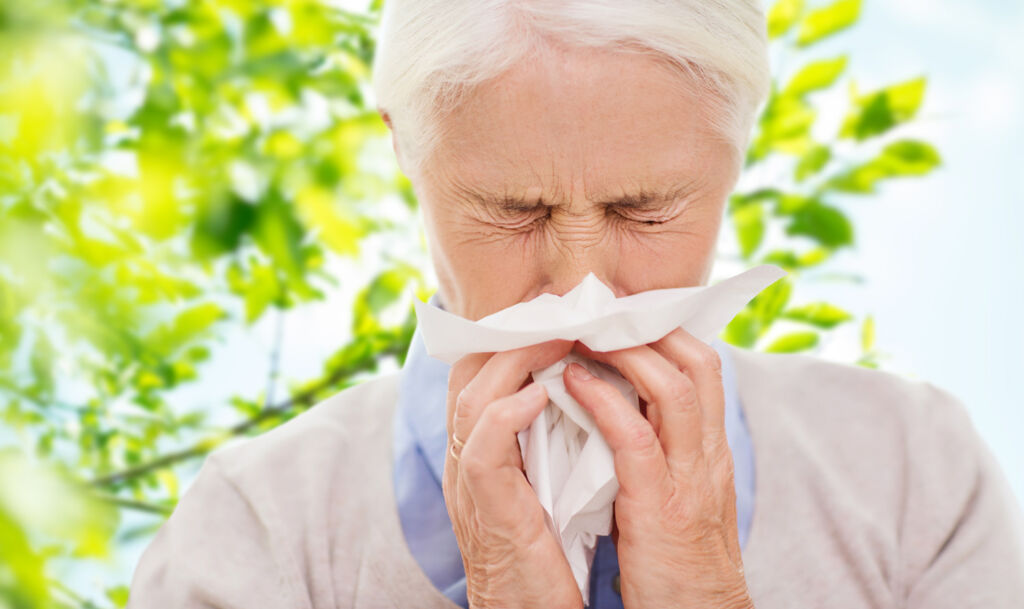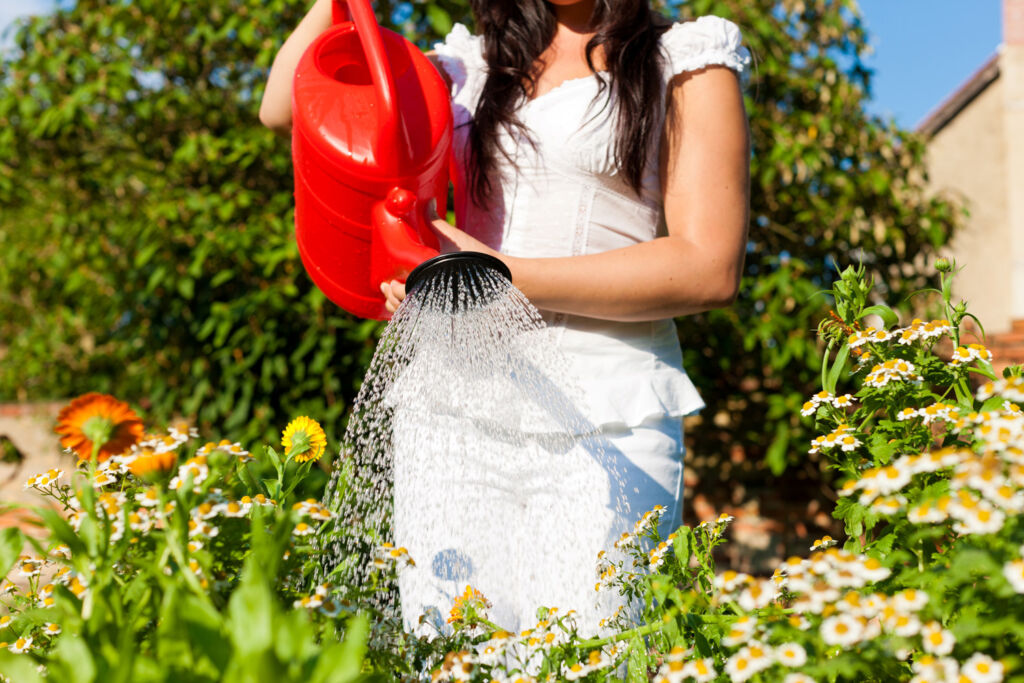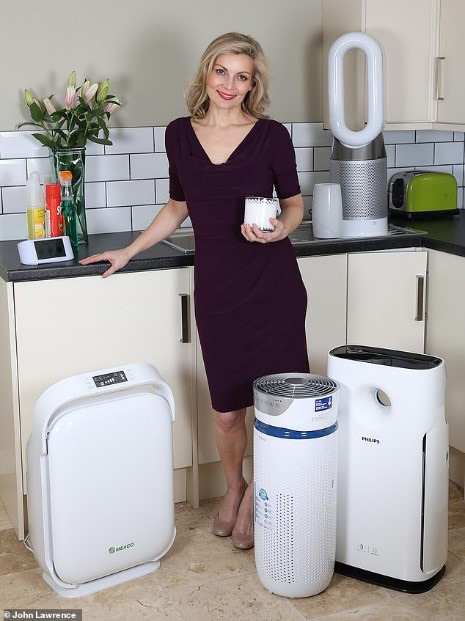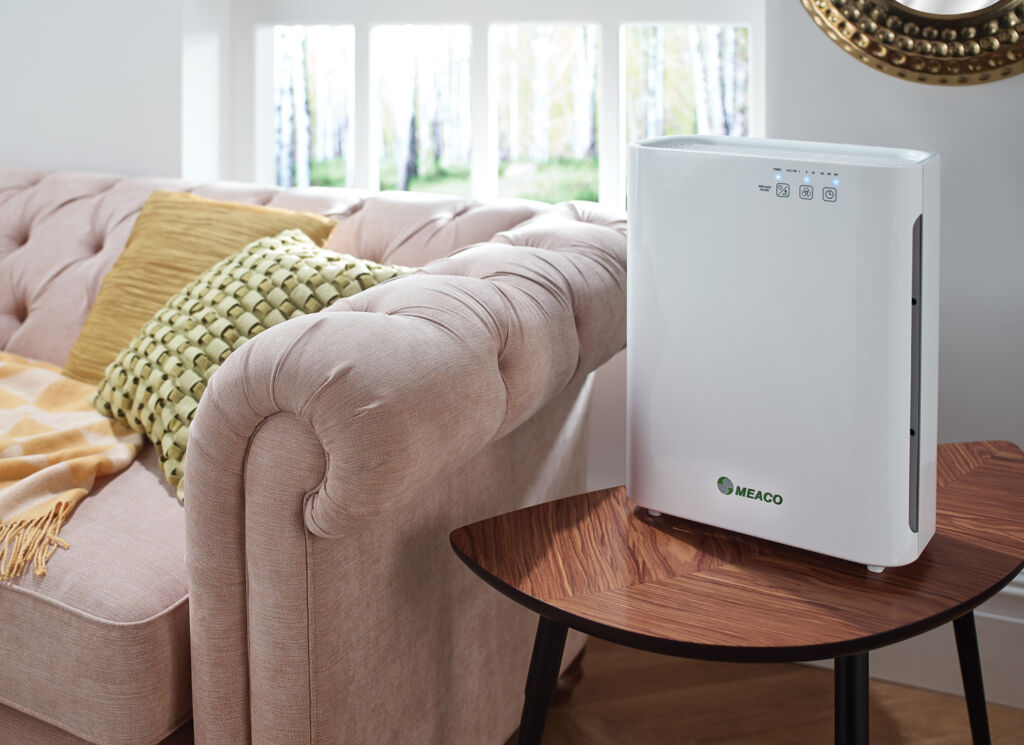
For many, Spring is the favourite time of the year. Flowers begin to blossom, adding some fantastic colour wherever you look, the grass is greener, and leaves fill bare-branched trees. However, not everyone will be thrilled by all the increased flora, particularly those who suffer from hay fever.
If you’ve never felt the effects of hay fever, also known as seasonal rhinitis, count your blessings. Scientific data shows that 1 in 4 people in the UK suffers from the condition, that’s sixteen million people!

Hay fever can make certain times of the year thoroughly miserable. You’d be forgiven for assuming that flowers are the main culprits; during Springtime, it’s grass and trees which are the problem.
The pollen from grass and trees can cause headaches, itchy eyes and throat, tiredness and shortness of breath and of course sneezing and the higher the pollen count, the more severe these effects become.
Although the past twelve months have kept many of us indoors for longer periods than expected, you can’t stay inside forever. On the one hand, scientists are saying we need to get some fresh air and boost our vitamin D. However; this brings you into contact with pollen. Also, if you have a pet, they are pretty much guaranteed to bring pollen into your home.
When it comes to what you can do to limit pollen’s effects, it’s always best to turn to the experts for advice. Chris Michaels, a Director of Meaco, the UK’s leading air purifier specialist, has provided us with some advice on how to minimise the suffering and information on some of the brand’s products that should help reduce the debilitating effects of severe hay fever.
Understanding the symptoms and causes of hay fever is the first step to alleviating the problem. Hay fever is a common allergic reaction that occurs at particular times of the year when the body makes antibodies in response to the pollen from grass, trees and weeds. Grass pollen is the most common allergen (May to July), but tree (February to June) and weed (June to September) pollens can also cause an allergic reaction.
Symptoms of hay fever include:
- Sneezing, a runny or blocked nose and coughing.
- Itchy, red or watery eyes.
- Itchy throat, mouth, nose and ears.
- Loss of smell.
- Headaches, earaches and feeling tired.
- Asthma sufferers can be particularly adversely affected and might have a tight feeling in the chest, with a wheeze and cough.
As of yet, there is no cure for hay fever, which can last for weeks or months, but there are actions that can ease the symptoms.
Medication
See your doctor before the season starts, usually between the months’ late March through to September, the main hay fever season. There are a variety of medication options and remedies available; the NHS online is a great place to explore.
Pollen forecasts
It’s worth making an effort to check the Met Office pollen forecast, which is available five days in advance. The site also offers in-depth pollen patterns helping you to plan for your day, week or month accordingly.
Outdoor drying
Whilst it’s tempting to make the most of warm weather, try to avoid drying clothes outdoors when the pollen count is high as the pollen in the air will no doubt stick to your clothes, and therefore will seep into your house afterwards.
Spring clean
Spring clean your house early. Dust and dust mites increase the onset of hay fever and similar allergies, so reducing and regularly removing dust all around your house in advance of the allergy season will ease the causes of allergies.
Clothes
When you come home, it’s a good idea to change your clothes so that you are not wearing items covered with pollen, minimising the possibility of it spreading throughout the house.
Air purifiers
Consider investing in a HEPA based air purifier to clean the air and remove pollen. This will help with breathing and aid the overall wellness of families who are spending more time indoors in close proximity to one another. Using a HEPA air purifier in the bedroom, in particular, can make the difference between a good night’s sleep and a hay fever disturbed night’s lack of sleep.
 There are several considerations to make before buying to ensure the product does the job. It is very important to buy an air purifier with a HEPA (high-efficiency particulate air) filter, matching the allergy to the filter and ensuring it is the right size for a room.
There are several considerations to make before buying to ensure the product does the job. It is very important to buy an air purifier with a HEPA (high-efficiency particulate air) filter, matching the allergy to the filter and ensuring it is the right size for a room.
Meaco’s research has shown that air purifier selection often goes wrong as people buy a product that is too small for their room and cannot clean the air efficiently.
The only way to reliably remove pollutants from the air is by circulating the entire volume of air in a room several times an hour, ensuring particles will enter the airflow of a filter, and the air will become cleaner.
An air purifier should clean the air volume three times an hour for a mild allergy, five times an hour if you are on medication and eight times an hour if your allergy is serious.
So why should you use an air purifier with a HEPA filter? An air purifier works by removing allergens from the air. The best type of HEPA filter, a True HEPA filter, is made to strict international regulations and traps most bacteria, pathogens, microbial spores, pollens, and some virus particles.
Capturing harmful particles and circulating clean air throughout a room will help in keeping people healthy, so their immune system is a tiny bit stronger to fight off any viruses.
Meaco has developed a next-generation air purification range that includes the MeacoClean CA-HEPA 76×5 and MeacoClean CA-HEPA 47×5, offering bespoke multistage air purification to suit allergy and room size.
The MeacoClean CA-HEPA 76×5 is the first Meaco product to be Wi-Fi enabled, controlled via a phone app. The app gives you control over keeping the air in your home clean and healthy. It can compare the level of pollen readings inside your home with external readings so you can see exactly how much healthier the air is that you’re breathing.
A laser sensor reads the number of particles in the air and then shows on the display, so you can see how polluted a room is and watch the progress of the air being cleaned. All this can be done while out and about, so you can return to a home with unpolluted clean air.

The MeacoClean CA-HEPA 47×5 is a more advanced than many standard air purifiers, using True HEPA filters to remove pollen and viruses, along with activated charcoal to remove odours and volatile organic compounds (VOCs) from the air. It has a PCO (Photocatalytic Oxidation) system, which is the most advanced anti-bacterial/virus system to date.
PCO technology speeds up the reaction time to help kill bacteria and viruses. Another advantage of the MeacoClean is that the multiple filters cover the vast majority of allergens.
The MeacoClean CA-HEPA 76×5 is suitable for rooms up to 76m³, performing five air changes per hour, and its H11 HEPA filter removes more than 95% of the damaging particles from the air. The smaller MeacoClean CA-HEPA 47X5 works in rooms between 29 and 78m³.
In the era of COVID-19, the UK Health and Safety Executive recommends using mechanical air cleaning and filtration units to make workplaces as safe as possible (HSE, 2021). To support this
there is an option of purchasing an H13 HEPA filter for the MeacoClean 76×5 to increase cleaning to 99.97% of particles.) H13 HEPA filters are routinely used in laboratory and operating theatres to prevent infection from airborne bacteria and viruses.
![]()




You must be logged in to post a comment.